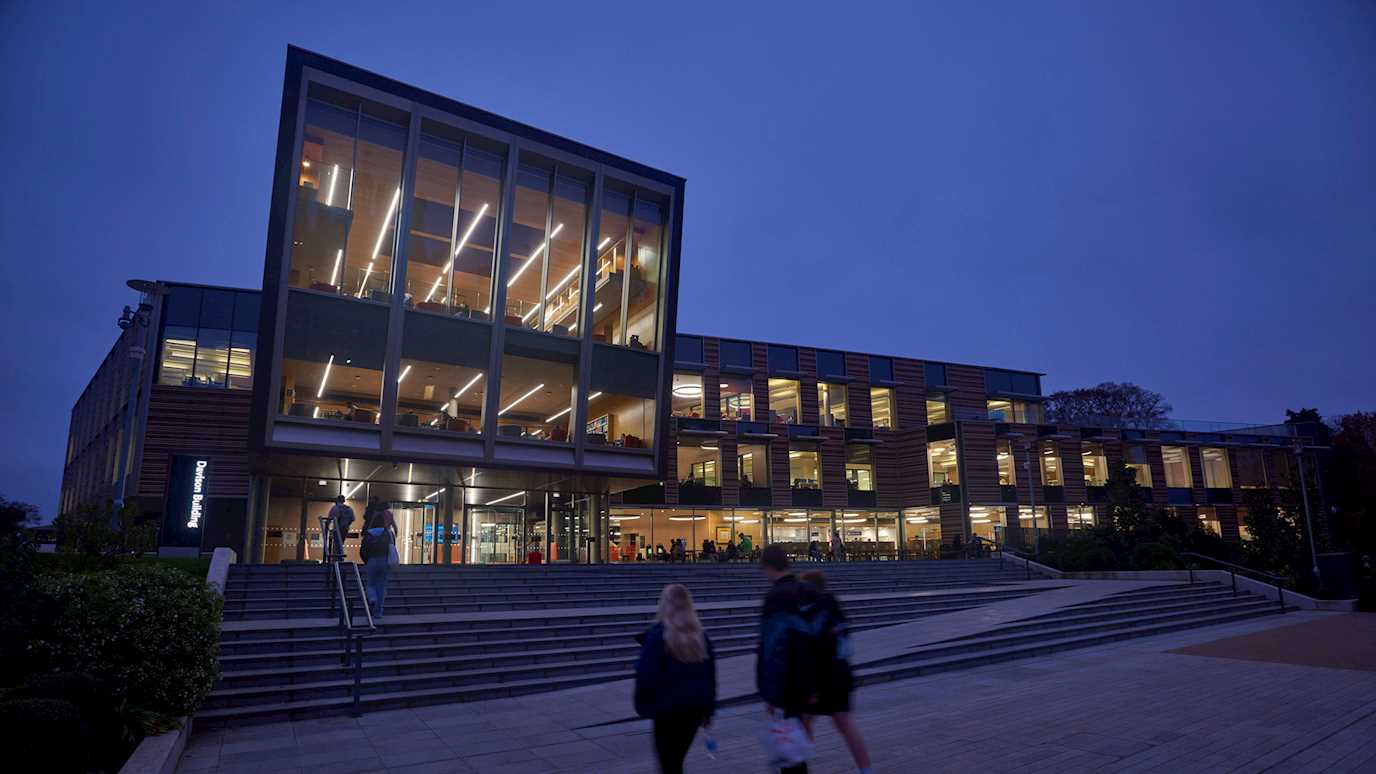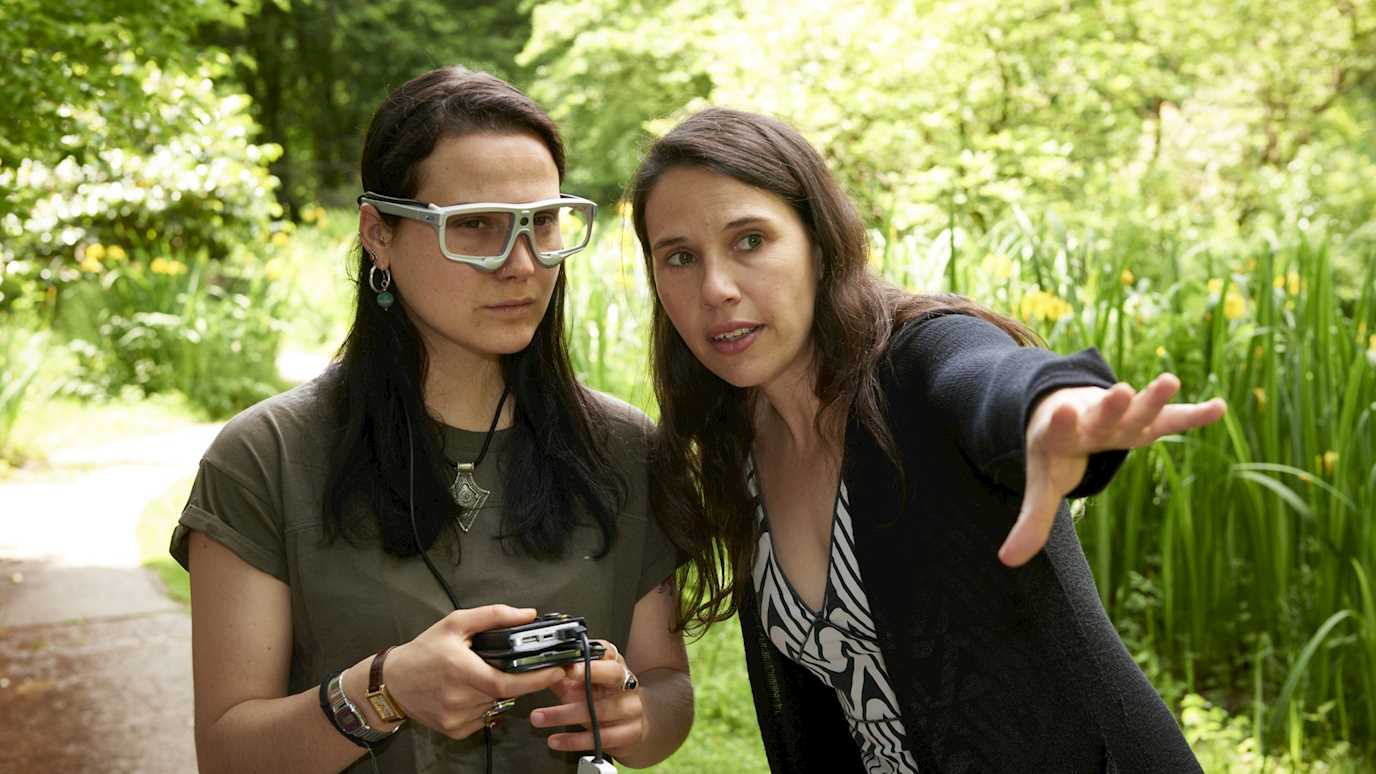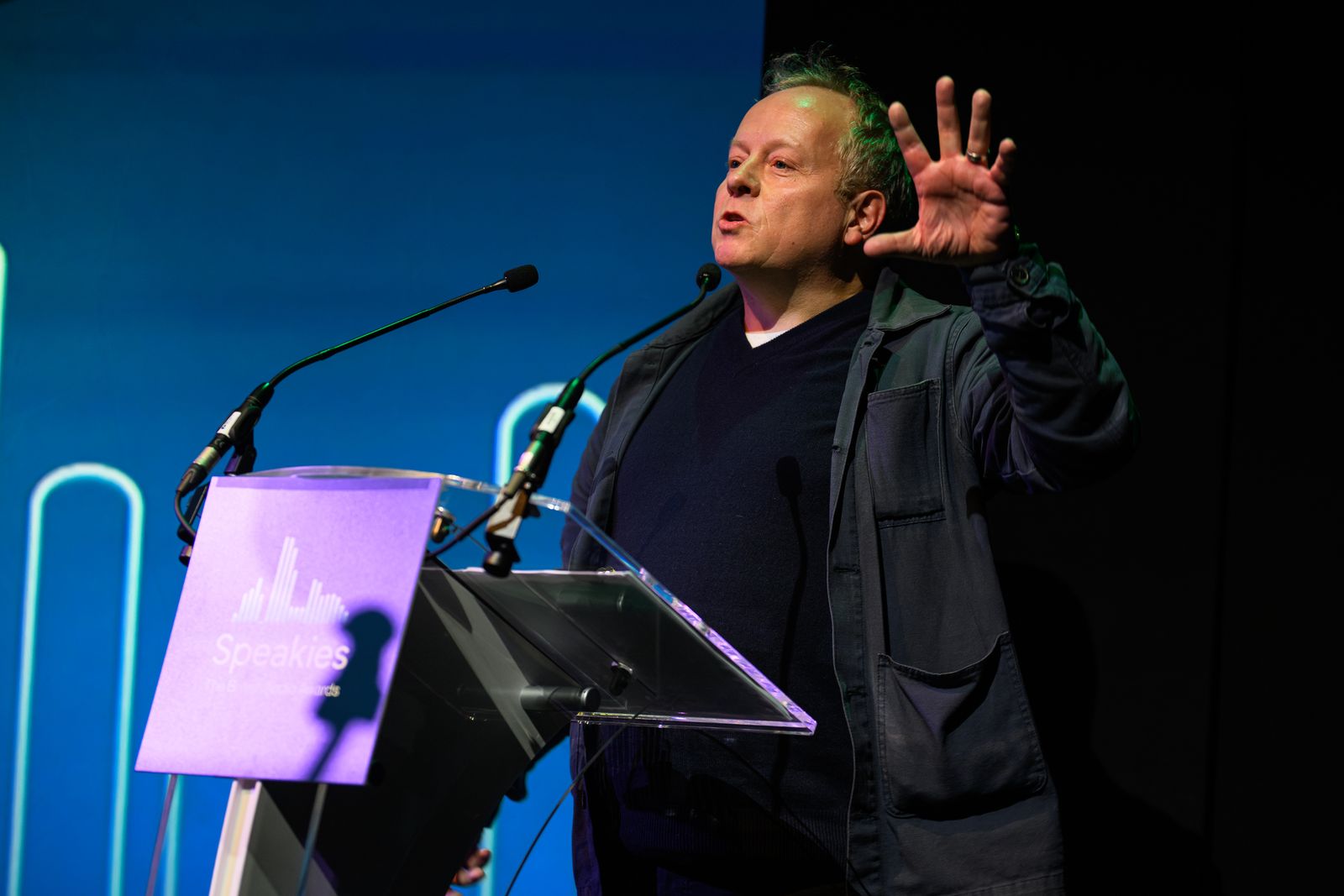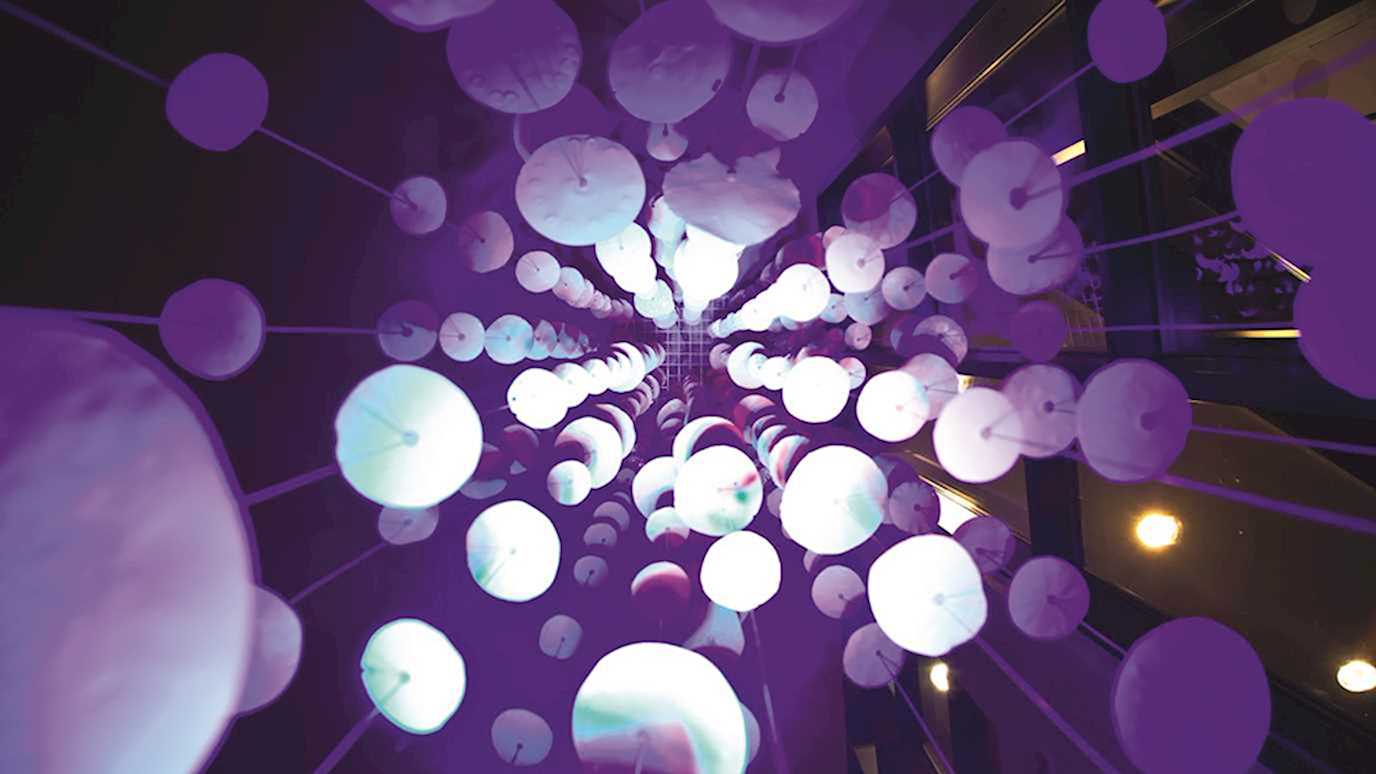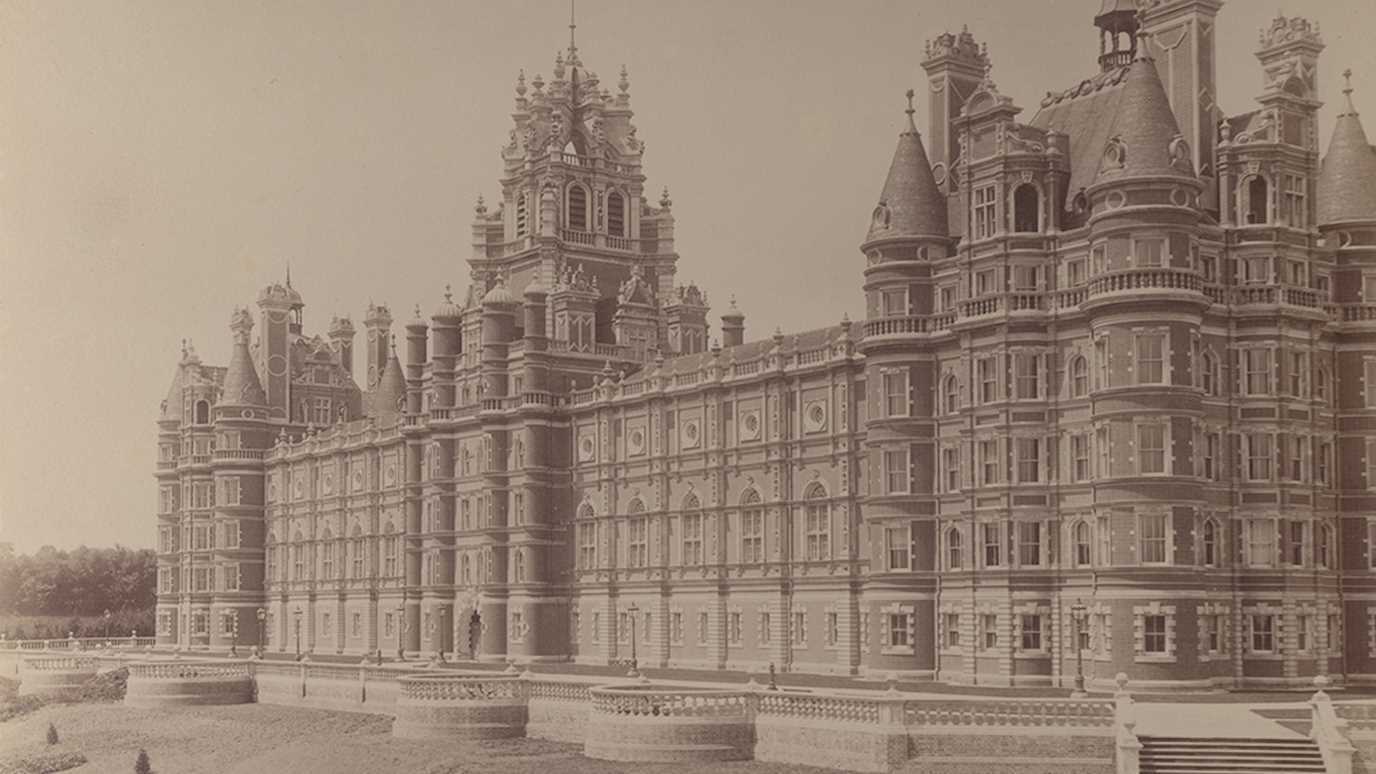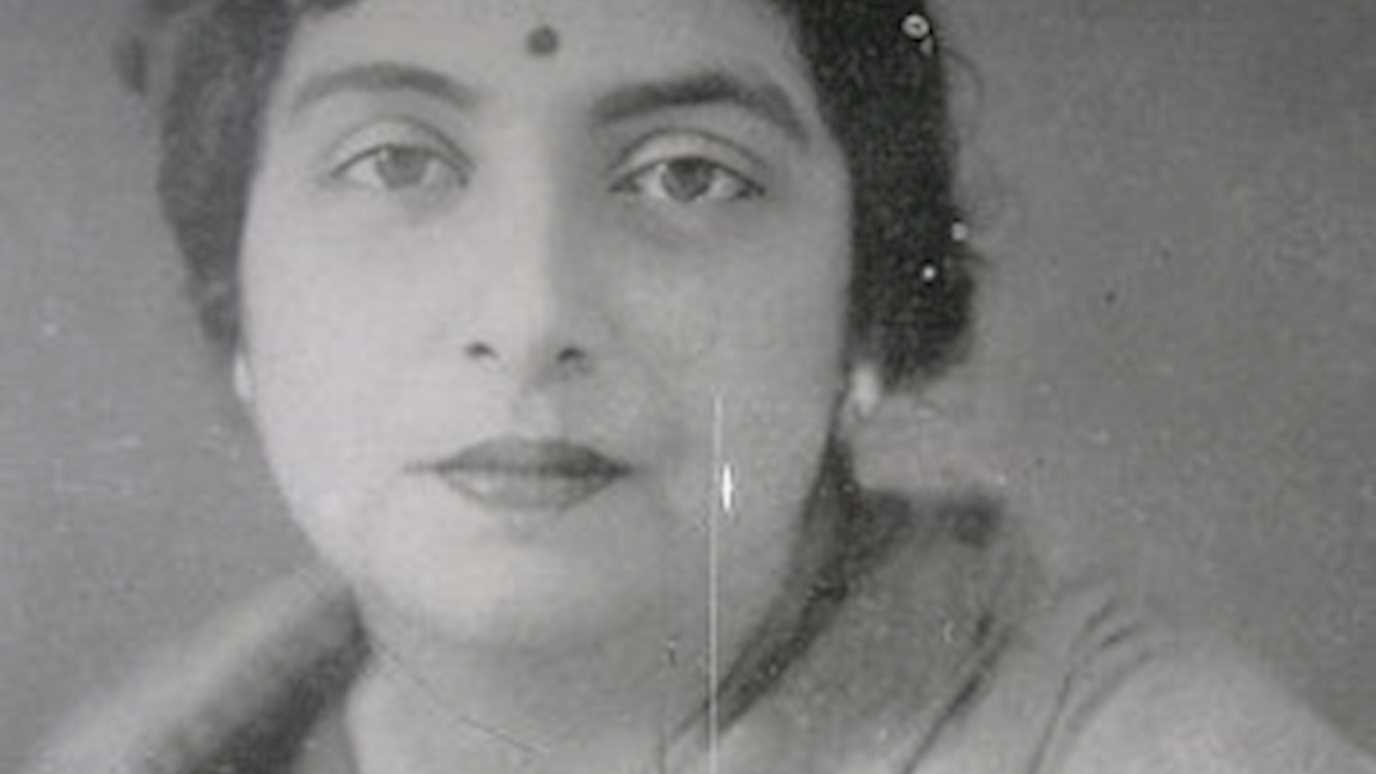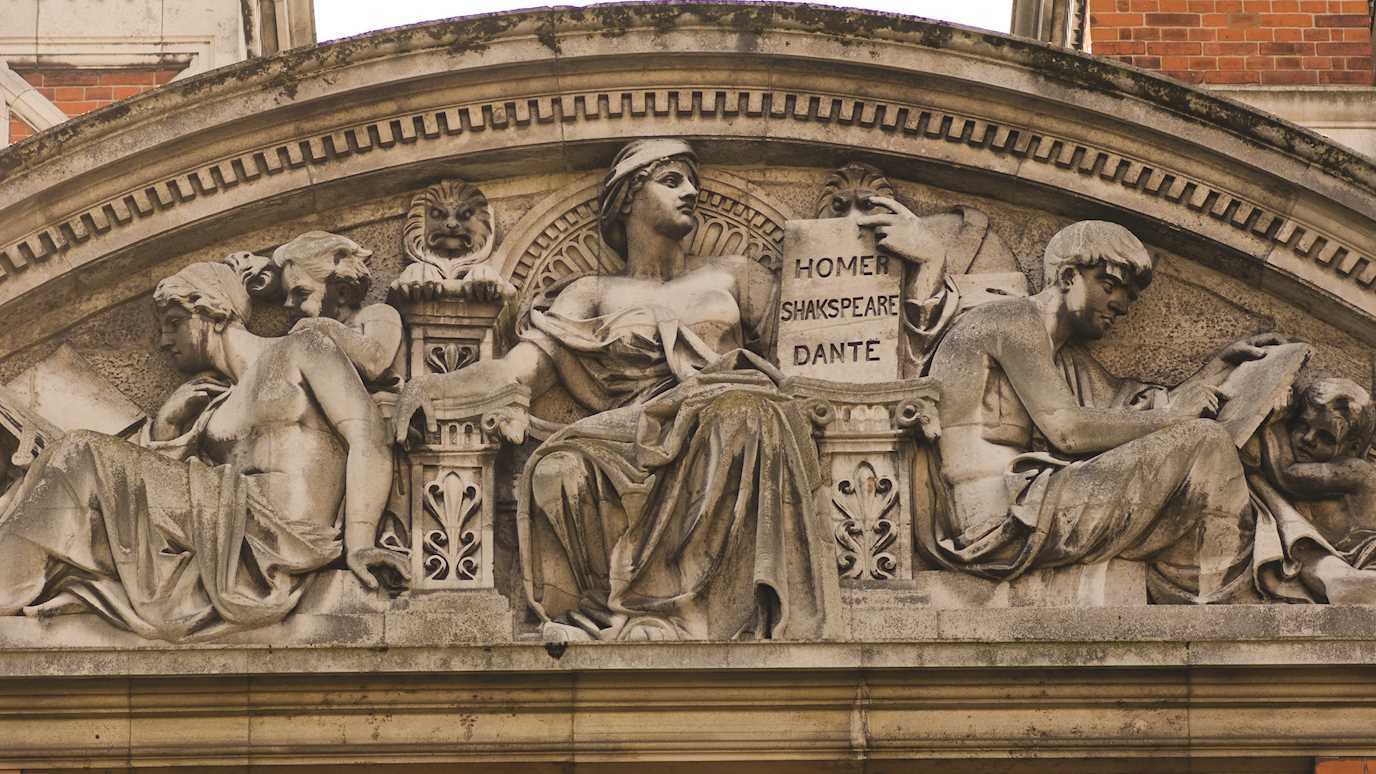Particle physicist Dr Asher Kaboth has helped deliver one of the most precise neutrino measurements to date, which is published today in “Nature”.
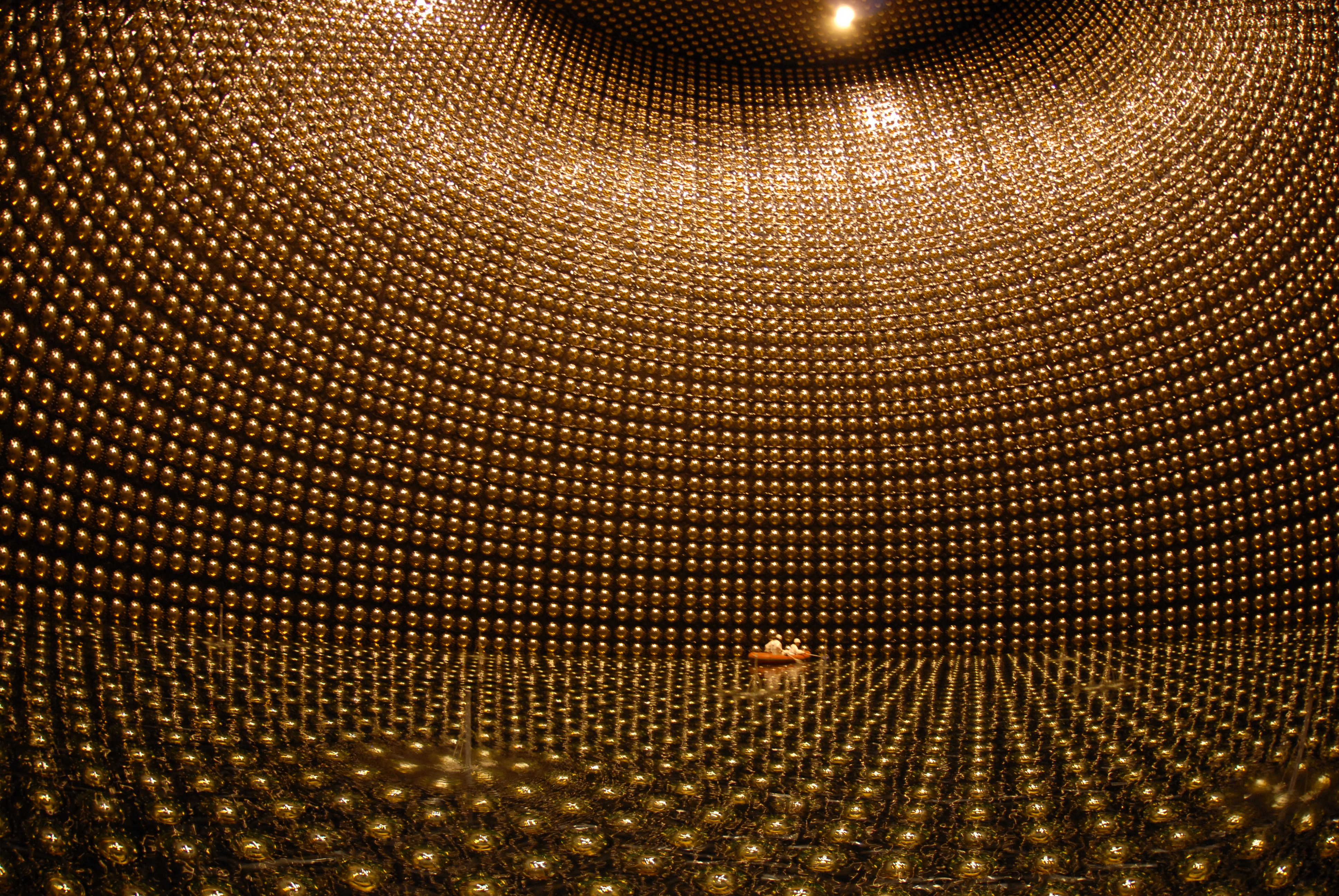
Inside the Super-Kamiokande detector. (Credit: Kamioka Observatory, ICRR (Institute for Cosmic Ray Research), The University of Tokyo.)
Dr Asher Kaboth from the Department of Physics at Royal Holloway, University of London has contributed to a major international study that brings scientists closer to answering one of the biggest questions in physics: why the universe is filled with matter – and not nothing at all.
Published today in Nature, the study combines data from two leading neutrino experiments (T2K in Japan and NOvA in the United States), and offers some of the most precise measurements ever made of how neutrinos behave.
Neutrinos are tiny, invisible particles that pass through everything – including our bodies – without leaving a trace. They’re incredibly hard to detect, but they’re everywhere, and scientists believe they may hold the key to understanding how the universe came to be the way it is.
As part of the T2K experiment, Dr Kaboth studies how neutrinos change as they travel, and whether they follow the same rules as expected.
“I’m fascinated by the idea that these tiny, elusive particles might hold the key to why we exist,” said Dr Kaboth. “This collaboration shows how combining data from different experiments can help us reveal effects that are otherwise incredibly difficult to detect.”
The joint analysis merges ten years of data from T2K and six years of data from NOvA, reducing uncertainty in neutrino mass differences to below 2%. This level of precision allows scientists to test theories more confidently and compare results across experiments with greater accuracy.
The results also mark a breakthrough in understanding the conditions under which neutrinos might violate a fundamental rule of physics called Charge-Parity (CP) symmetry – which says certain particles should behave identically under specific conditions. If neutrinos break this rule, it could help explain why the universe didn’t vanish in its earliest moments.
Dr Kaboth is also involved in developing new technologies to improve how scientists detect and measure neutrinos. Beyond this, he works on the LUX-ZEPLIN experiment which aims to detect dark matter – the invisible substance thought to make up more than a quarter of the universe.
The T2K and NOvA teams plan to update their joint analysis with new data in the coming years, with hopes that future results will definitively reveal whether neutrinos violate CP symmetry – and perhaps, why the universe tipped in favour of matter.



